Date: 31 May 2010
The implications are now starting to hit home as prosecutions are pushed through by the Fire and Rescue Service. Cases have included hefty fines with suspended jail sentences for guilty offenders who ignore guidance to up-rate fire protection measures. The person who has main control of the premises is deemed by the FSO to be primarily responsible for the fire precautions and for the safety of those using the building, based on a risk assessment approach. But the line of responsibility and duty of care does not necessarily stop there. It is evident that the responsible person cannot be expected to know the detailed ins and outs of fire protection systems which require specialist knowledge. The responsible person is inevitably dependent, therefore, on the advice of the various competent persons either employed or consulted. Installers carrying out work in the building may also be subject to the Order.
The principle of responsibility is therefore taken in practice to cascade down the installation, supply and design chain. The criterion suggested by the FSO is what is both reasonable and practical to do in terms of fire safety precautions. Case law will decide, or at least provide guidance. In the meantime, though, it may be advisable to brush up on those potentially relevant dusty legal aspects such as negligence, duty of care, constructive knowledge, due diligence, and reasonable practicality.
Where fire safety is concerned relevant best practice information is generally available from published articles, industry guides and help lines. All fire protection systems will have some golden rules to follow. For example, for fire-resistant glazing then the following can be taken in mind:
• Fire-resistant glass should only be installed as part of an approved and classified fire-resistant glazed system of matched components.
• Test evidence for the system is essential, provided by a test report which must be directly applicable to both the system as installed and the application. For example, loaded flooring applications need a test report carried out under the applicable flooring standards. A test report for horizontal glazing for overhead, i.e. roofing, applications is certainly not appropriate.
Assessment reports should be carefully scrutinized to ensure that the supporting test evidence is referenced properly, and is both applicable and relevant to the application.
• The fire-resistant glazed system must be installed as tested. There should be no temptation to take short cuts or use a system based on non-relevant test evidence.
• Standard glazing materials are not acceptable for fire-resistant systems and must not be used as substitutes for specified materials. Standard glass such as toughened glass and safety or security pvb laminate - is not reliable in fire.
• The specification “fire resistance” on its own is not sufficient. The fire resistance performance is either integrity (that is holding back flames and hot gases) or insulation (that is the limitation of heat transfer from the fire and flames plus integrity). It is very important not to blur the boundaries between these two classes. Insulation, for example, provides excellent protection against heat which may otherwise cause serious life-threatening burns. Insulation performance may therefore offer particular advantages for enhanced life safety (especially for vulnerable groups) as well as benefits in limiting fire spread by secondary ignition of modern fittings and fabrics on the protected side of the glazing.
• There must be no mixing and matching between different fire-resistant glazed systems.
What is achieved with one fire-resistant glass may not be achievable with another. Tested approvals are individual approvals and apply to particular configurations, glazing sizes, and aspect ratios.
• Some types of fire-resistant glazing require special conditions for their framing (such as maximum edge cover limits); others, such as wired glass and intumescent fire-resistant laminates, are far more tolerant. Always confirm applicable conditions with the supplier.
• The glass should be clearly identified by name and manufacturer as a minimum, and the mark should be permanent and readable after glazing.
• Impact rating, if required for the application, should also be marked on the glass (with classification to BS EN 12600, product standard and a product identifier).
• Repairs and replacements must be carried out according to the original specification. If there is uncertainty regarding the specification then the whole system may have to be replaced under expert guidance.
For more information on fire protection glazing visit www.pilkington.co.uk or contact 01744 69 2000
(An article written by Mike Wood, Head of Fire Protection (Glass & Glazing Design), Pilkington UK)
NB Mike Wood is Head of, Fire Protection (Glass and Glazing Design), for Pilkington UK, Ltd, responsible for the technical, design and regulatory aspects related to the use of fire-resistant glass. He participates in the main BSI standards groups on fire, chairs the Fire Safety Development Group and is vice-chair of the Passive Fire Protection Federation, as well as being the immediate past chair of the Fire Resistant Glazing Group of the Glass and Glazing Federation, being responsible for the first best practice guide on fire-resistant glass and for the unit on fire-resistant glazing in the new qualifications credit system to replace NVQ’s. Further information can be found on our website (www.pilkington.co.uk) where guidance on the approval and use of fire-resistant glass can be accessed. Assistance can also be obtained from the Help Line by phoning 01744 69 2000 or email at pilkington@respond.uk.com.


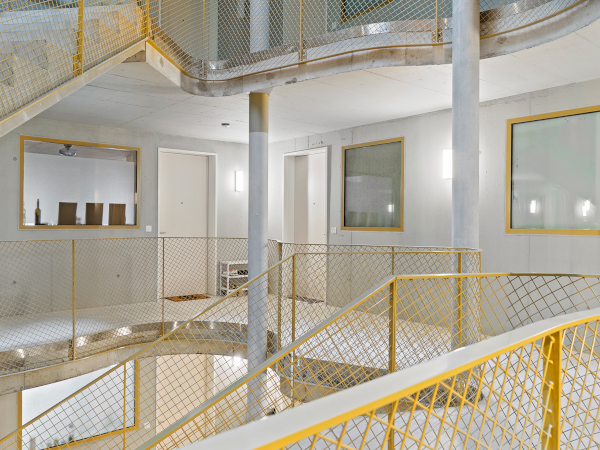
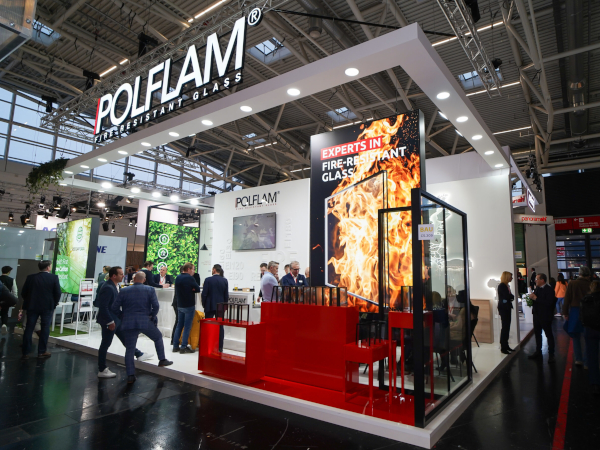

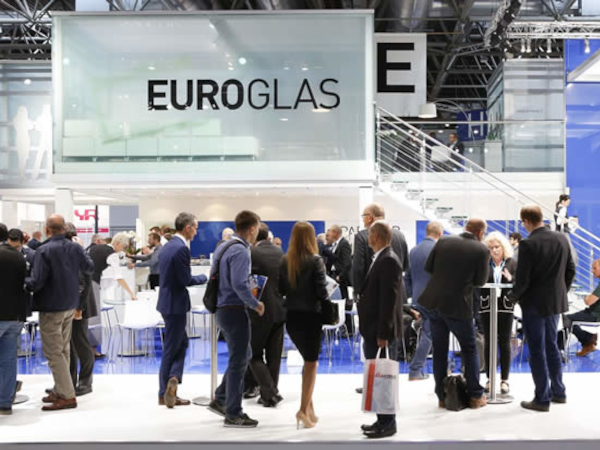



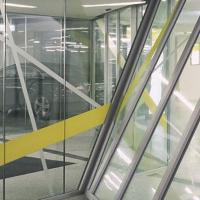

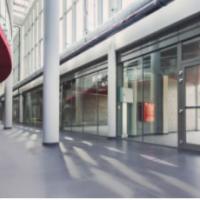
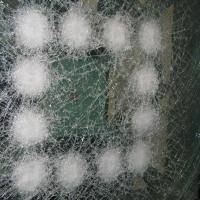

Add new comment